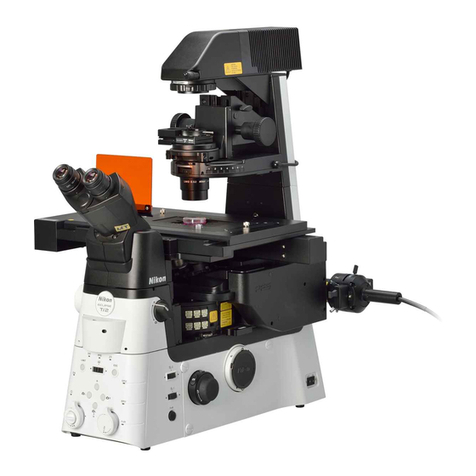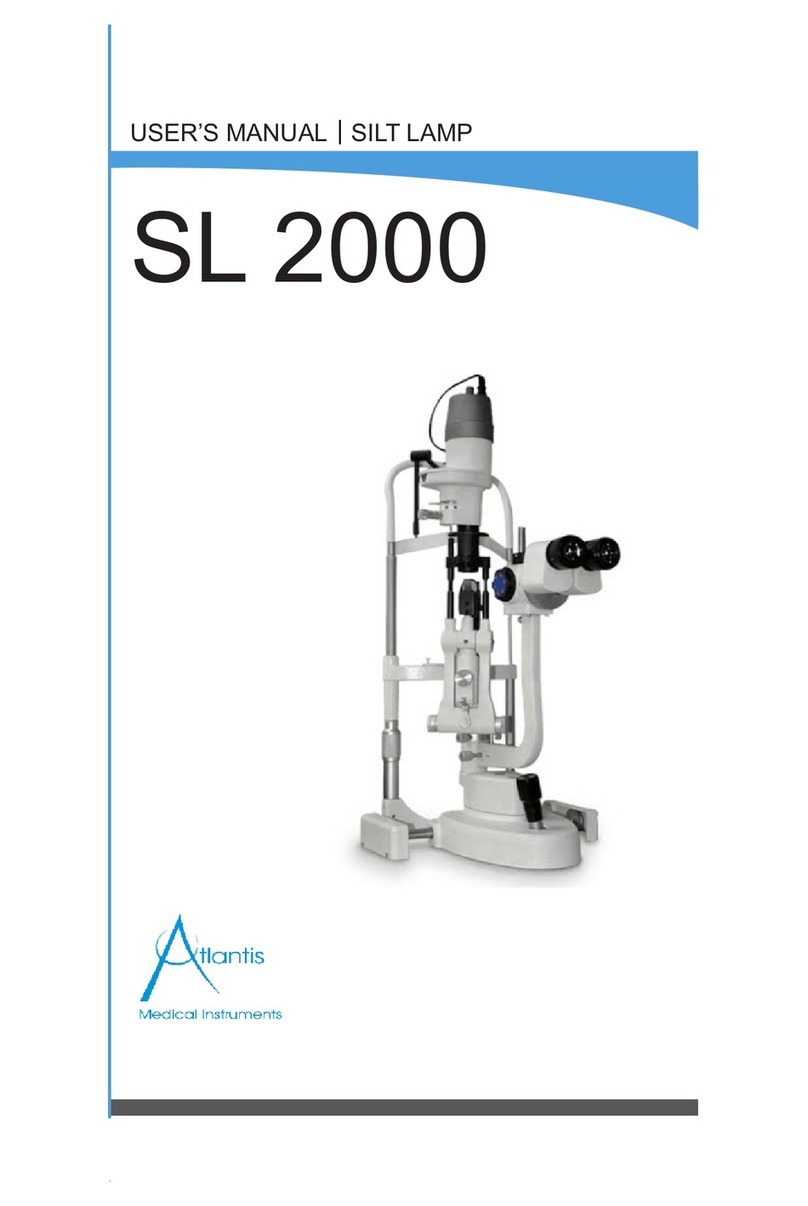Nikon Eclipse E400 User manual
Other Nikon Microscope manuals
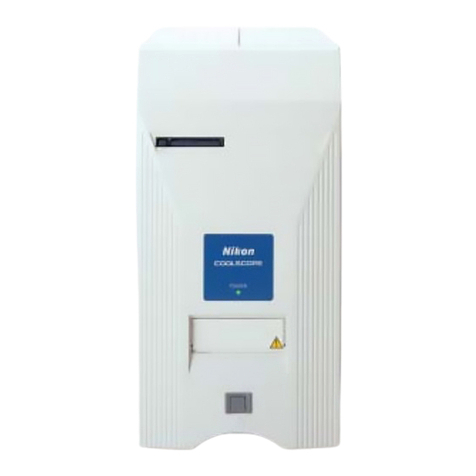
Nikon
Nikon coolscope User manual

Nikon
Nikon S-kt User manual
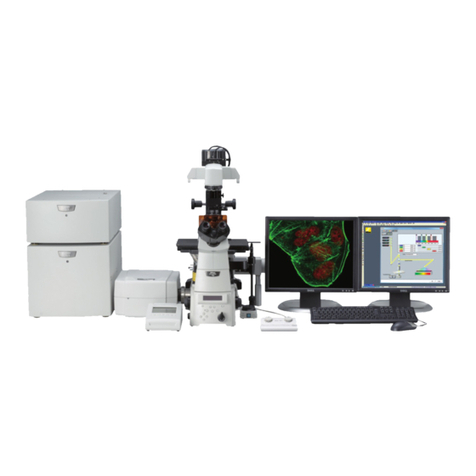
Nikon
Nikon A1+ Manual

Nikon
Nikon C1si User manual

Nikon
Nikon Eclipse TE200 User manual

Nikon
Nikon DS-L4 User manual
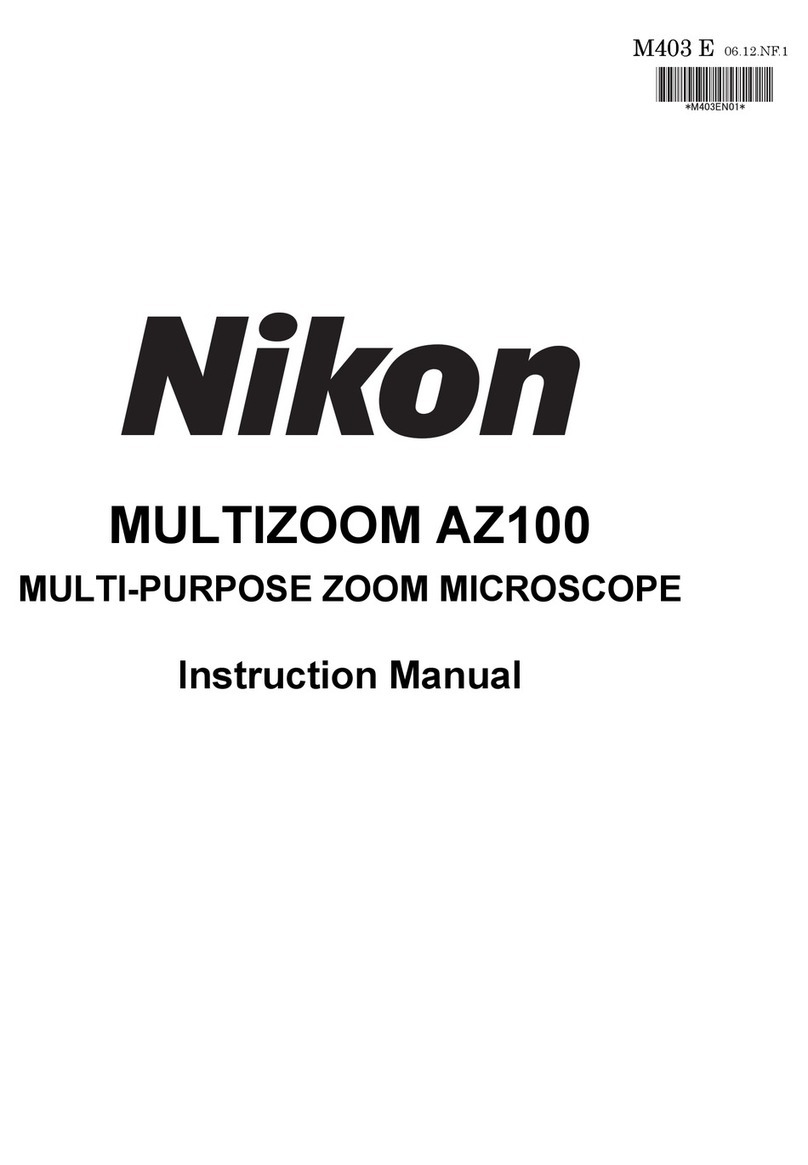
Nikon
Nikon Multizoom AZ100 User manual

Nikon
Nikon ECLIPSE E200 POL User manual
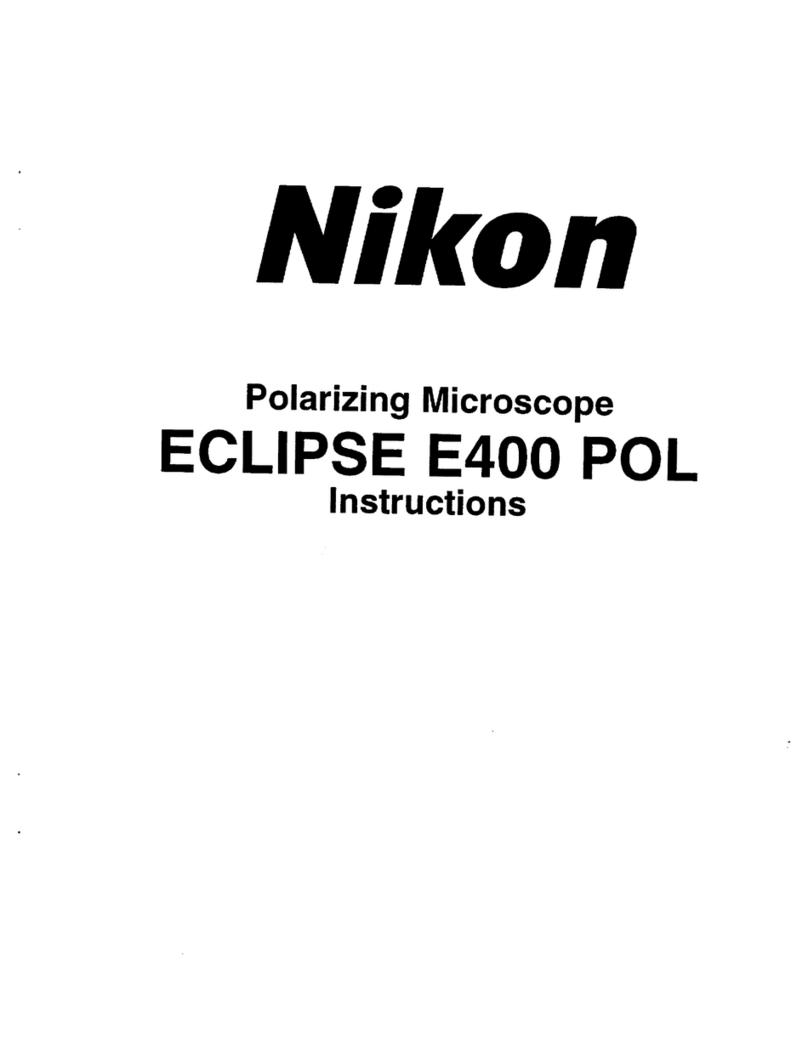
Nikon
Nikon Eclipse E400 POL User manual

Nikon
Nikon Eclipse LV100POL User manual
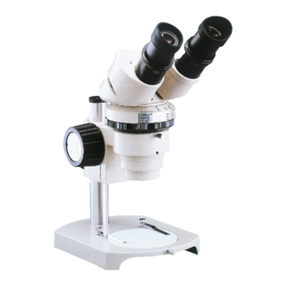
Nikon
Nikon SMZ-2 User manual
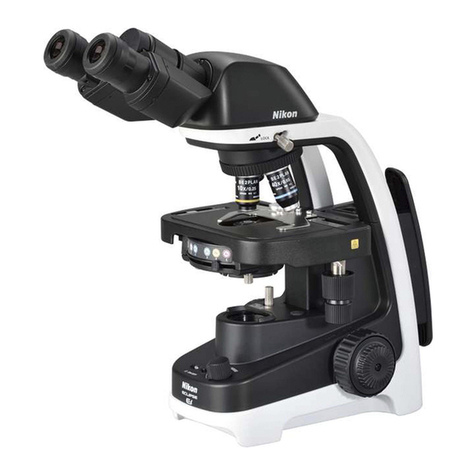
Nikon
Nikon ECLIPSE Ei User manual
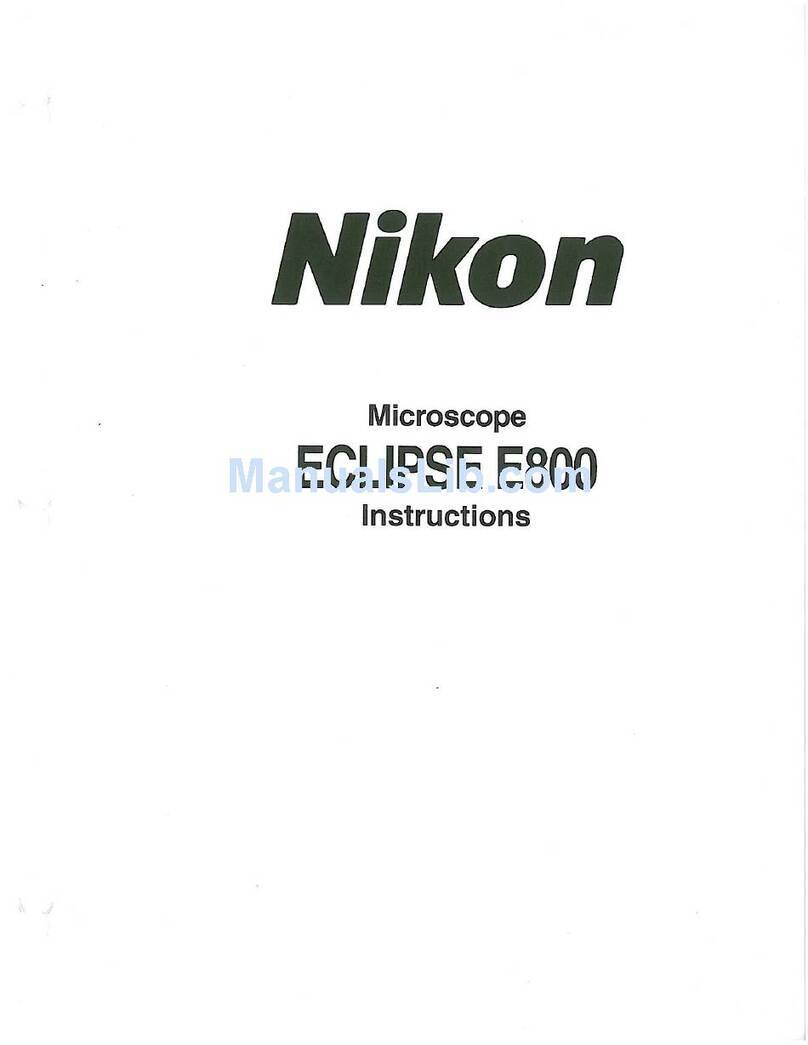
Nikon
Nikon E800 User manual

Nikon
Nikon SMZ745T User manual
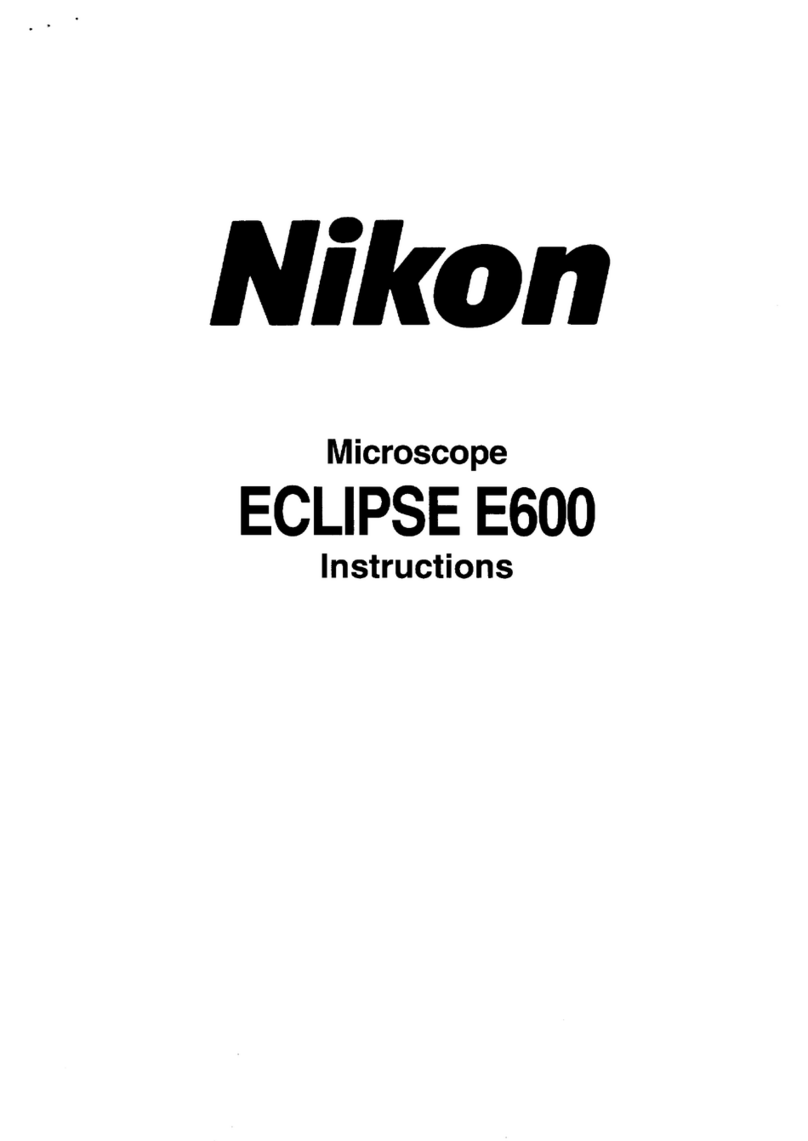
Nikon
Nikon Eclipse E600 User manual
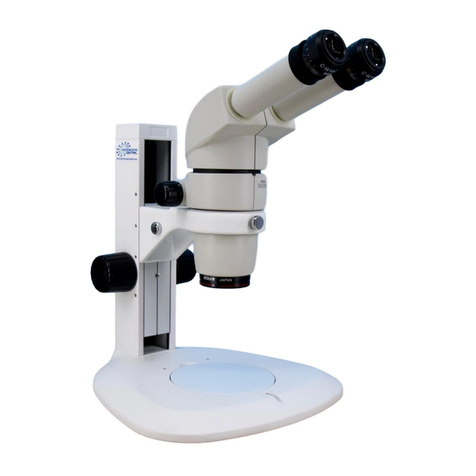
Nikon
Nikon SMZ1000 User manual

Nikon
Nikon SMZ1500 User manual

Nikon
Nikon SMZ-10A User manual

Nikon
Nikon SMZ1000 User manual
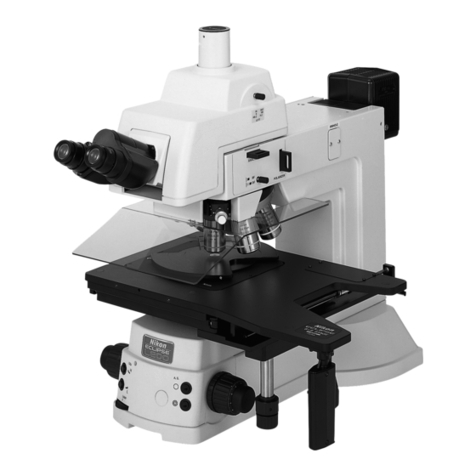
Nikon
Nikon ECLIPSE L200ND / ECLIPSE L200N User manual

